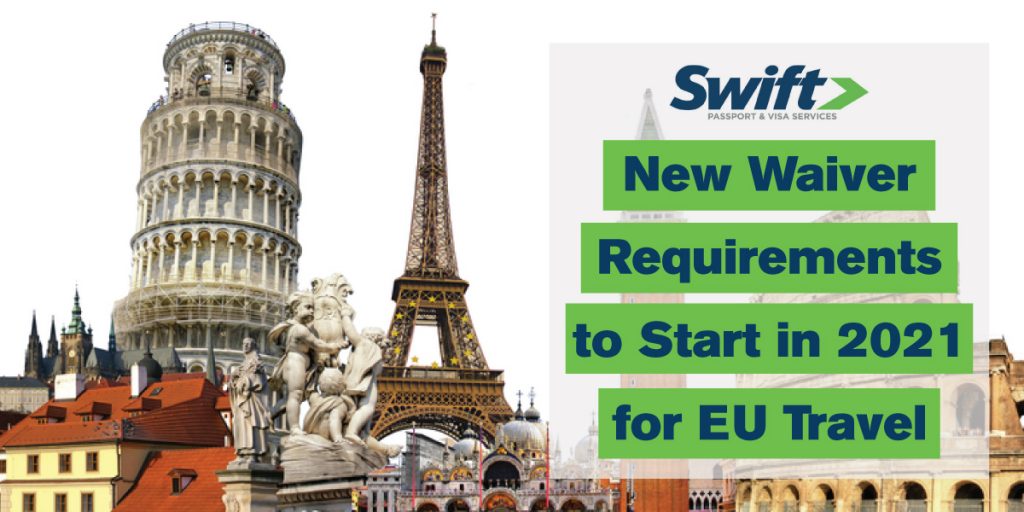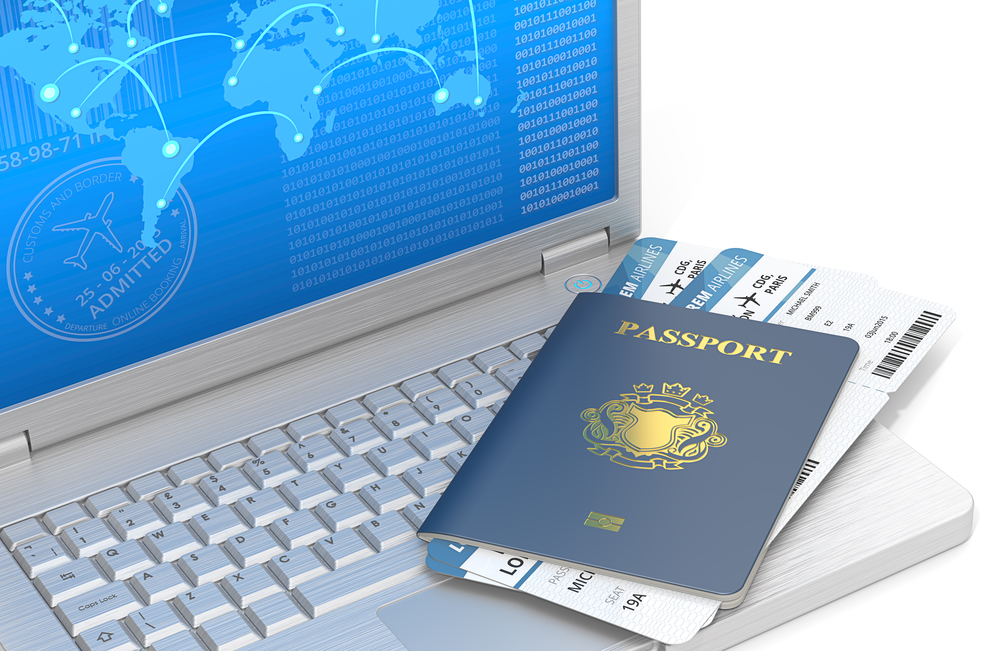
Europe-bound travelers will soon need to add an extra form to their pre-travel plans. Beginning January 1, 2021, Americans must obtain authorization before entering a majority of the European Union. While not technically a visa, the paperwork will make last-minute trips to the world’s most frequently visited region slightly more complicated.
It’s called European Travel Information and Authorization System (ETIAS) registration. Luckily, it’s expected to take only 10 minutes to apply online, along with a valid passport, email address, and a credit or debit card (to cover a small fee).
The inconvenience seems minor, but it will impact a large chunk of the 700+ million who travel to Europe every year. Specifically, it applies to 61 countries whose citizens currently don’t need a visa to enter the Schengen Zone, an area of 26 states across Europe. Its notable destinations include France, Spain, and Italy, plus four non-EU countries and three microstates. While Britain, Ireland, Romania, Croatia, and Cyprus aren’t currently on the list, several countries are planning to join.
This isn’t exactly breaking news. The European Parliament voted to establish ETIAS in July 2018. However, travel media sites have been abuzz about the waiver requirement after a new ETIAS service agency launched this year. Unsurprisingly, there are already a few misconceptions floating around. Here’s what you need to know about ETIAS:

What’s the New Process?
The ETIAS application will be entirely online. Expect to complete a short form that covers your personal information and a series of security and health-related questions. After paying the €7 (about $8) fee, you’ll be checked across several security databases such as the Visa Information System, Interpol, and Europol. You should receive approval confirmation via email within minutes.
However, if your information is flagged, your application will need to be manually processed. This can take anywhere from four days up to two weeks. As a precaution, it’s recommended to apply at least four to six weeks in advance of an upcoming trip. If your application is denied, you can appeal the decision or try again with a revised application.
Also note:
- When applying, your passport must be valid for three months beyond your planned trip dates. Here’s how Swift can help renew your expired passport.
- ETIAS authorization lasts for three years or until your passport expires, whichever comes first. Then you must reapply.
- During this period, you can enter the Schengen Zone for business, tourism, or transit purposes as many times as needed. Each visit can last up to 90 days.
- Children under the age of 18 need their own ETIAS registration but will not be charged the application fee.
Why the Change?
Plans for ETIAS were first proposed in 2016 as a way for Schengen Zone countries to track security and migration risks. Given the rise in global travel and terrorism threats, the EU called for better management over who’s crossing its borders. The new system will identify any possible threats connected to international visitors before they arrive.
ETIAS marks an important shift in policy, especially toward the United States. Prior to 2016, the European Commission was against imposing visa-like authorizations on Americans as long as the U.S. reciprocated for all European travelers.
However, the U.S.’s own Electronic System for Travel Authorization (ESTA) requires a similar preauthorization for several EU countries. The European Commission asked the U.S. to grant equal travel requirements, or “full visa reciprocity,” in 2016, as stated in a published report. The U.S. did not lift the requirements.
All in all, ETIAS goes beyond safety. The online system is designed to reduce processing and application times, improve border management, and impede irregular migration while maintaining the EU’s visa-free policy. American travelers might feel frustrated by the new travel waiver, but keep in mind that it’s on par with what our own country asks for. Each are meant to create a safer travel experience for everyone.

